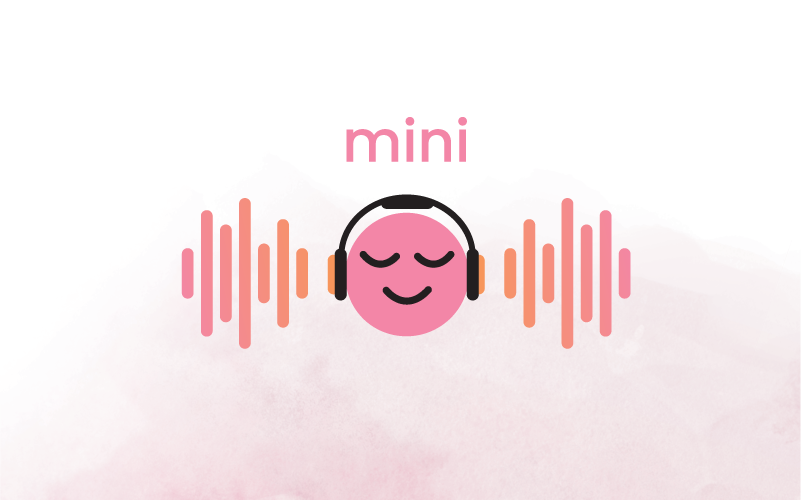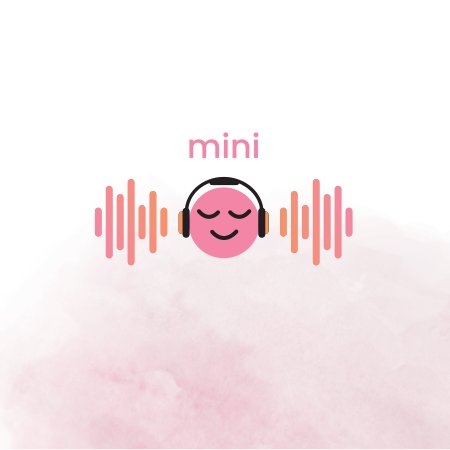Three Types of Self Care for Teachers

While there are countless rewards that come along with teaching, there are also plenty of stressors. Taking time to practice self-care is an important way for teachers to avoid feelings of burnout and make sure they are able to put forward their best selves to meet the needs of their students.
There are several different types of self-care practices that work to target different aspects of one’s overall wellness. To find the type of self-care that works best for you, start by trying a few of the following strategies that will boost your emotional and physical well-being both in and out of the classroom.

Emotional self-care
Teachers face a unique and sometimes challenging dynamic. It is easy to become so immersed in the day-to-day workings of the classroom that professional relationships with peers fall away. Between feeling overwhelmed by students and forgotten by colleagues, teachers can easily fall into patterns of cynicism and exhaustion (Maslach et al., 2001).
Mindfulness provides an excellent way to process and validate teachers’ feelings as well as reaffirm their self-confidence. One study showed that participation in a mindfulness program correlated with a decrease in teacher burnout symptoms and an improvement in self-compassion and classroom management (Flook et al. 2013).
Consider the following mindfulness strategies:
- Practice deep breathing by filling your belly with air by breathing in through your nose for four seconds, and then breathing out through your mouth for four seconds. Pay attention to how your body relaxes in response to slowing your breath.
- While deep breathing, visualize a moment in your teaching career that makes you feel particularly proud. Notice how your breath and body react.
- To practice focusing attention, take three minutes to focus on your senses when sitting outside or eating a piece of fruit. What do you hear? What do you taste? What do you see? Notice when your mind wanders, and gently pull it back to the task at hand.
- Use affirmations to build mindful self-compassion. Close your eyes, focus on slow, deep breathing, and repeat, “May I be safe. May I be happy. May I be kind to myself.”
Explore our full library of short mindfulness activities to give yourself a moment to relax and reflect each day.

Professional self-care
Self-care for teachers includes doing that which reaffirms your belief in the power of your job. Keep a daily log where you record three things you love about your work, including those kids that challenge you the most, or make note of your most proud teaching moments and place it in a visible area.
In addition, teachers must not neglect their professional relationships with colleagues. Classrooms are active, dynamic, lively environments, and yet many teachers report feelings of loneliness (Little, 1990). How can this be? This contradiction can exist because professional relationships meet needs that cannot be met by the student-teacher relationship. Beyond the social needs met by these bonds, these friendships can provide valuable opportunities for professional development, mentorship, problem-solving, and more (Hargreaves, 1998).
Taking time for oneself is essential to avoid feelings of burnout and exhaustion, especially for teachers. By setting aside the time we all deserve to take care of our emotional, physical, and mental health, we have more of ourselves to give to others. You might find that you feel best when you adopt a mix of self-care approaches. Try out different strategies so that you can pinpoint the perfect combination of activities to improve your physical and emotional well-being in school and at home. When we devote time to self-care, we become happier, healthier teachers, ready to change the world one student at a time.

References
Canto, V., Francis, L., Haines, T., Kirpalani, H., Shannon, H., Stringer, B., & Lozanzki, L. (2010).
Occupational stress in Canadian universities: A national study. International Journal of
Stress Management, 17(3), 232–258. https://doi.org/10.1037/a0018582
Flook, L., Goldberg, S. B., Pinger, L., Bonus, K. & Davidson, R. J. (2013). Mindfulness for teachers: A pilot study to assess effects on stress, burnout, and teaching efficacy. Mind, Brain, and Education, 7(3), 182–195.
Hargreaves, A. (1998). The emotional practice of teaching. Teaching and Teacher Education,
14(8), 835–854. https://doi.org/10.1016/S0742-051X(98)00025-0
Little, J. W. (1990). The persistence of privacy: Autonomy and initiative in teachers’ professional relations. Teachers College Record, 91(4), 509–536.
Maslach, C., Schaufeli, W. B., & Leiter, M. P. (2001). Job burnout. Annual Review of Psychology,
52(1), 397–422. https://doi.org/10.1146/annurev.psych.52.1.397




